1 Scope
2 Conformance
2.1 Claiming conformance
2.2 General conformance requirements
2.3 Command structure and extensibility
2.3.1 Mandatory commands
2.3.2 Optional commands
2.3.3 Custom commands
2.3.4 Proprietary commands
3 Normative references
4 Terms and definitions
5 Symbols and abbreviated terms
6 Architectures, references and exclusions
6.1 Communications architecture
6.2 System specification
6.3 Interface specification
6.4 Application architecture
6.5 Information and data architecture
6.6 Implementation architecture
6.7 System security architecture
6.8 Resilience considerations
6.9 Unique Identification
7 Requirements
7.1 Context (general)
7.2 Instruction to developers of subsequent parts of this standard
7.3 Context (OSI)
7.4 Bi-directional systems
A Bi-Directional System requires both the sending and receiving of signals by one or both parties (Interrogator & Tag). This Standard determines all of the parameters that may be expected in a complex two way exchange of data (read/write) between fixed equipment and on board equipment. Most RFID systems are bi-directional, whether they be read only or read/write. Unless otherwise stated, specifications in subsequent parts of this Standard relate to bi-directional systems.
7.5 Uni-directional systems
7.6 Relationship to other standards
7.7 Parameters
7.8 Physical and media access control parameters
7.8.1 Interrogator to tag link
7.8.1.1 Operating frequency range (Int:1)
7.8.1.1.1 Default operating frequency (Int:1a)
7.8.1.2 Occupied channel bandwidth (Int:2)
7.8.1.11 Preamble (Int:11)
7.8.1.11.1 Preamble length (Int:11a)
7.8.1.11.2 Preamble waveform (Int:11b)
7.8.2 Tag to interrogator link
7.9 Protocol and collision management parameters
7.9.1 The parameters defined in this Clause refer to a protocol definition (specification), NOT to an actual product implementation.
8 Modulation
9 Patents and Intellectual Property
9.1 Responsibilities regarding patents and intellectual property
9.2 Patents referenced in 18000 series Standards
1 Scope
6.1 Parameters for MODE 1 of this standard
6.1.1 MODE 1: Physical and media access control (MAC) parameters :
6.1.1.1 MODE 1: Interrogator to tag link
6.1.1.2 MODE 1 : Tag to interrogator link
6.2 Parameters for MODE 2 of this standard
6.2.1 MODE 2: Physical and media access control (MAC) parameters
6.2.1.1 MODE 2: Interrogator to tag link
6.2.1.2 MODE 2 : Tag to interrogator link
8.1 Responsibilities regarding patents and intellectual property
Mode developers have specifically highlighted patents listed below as being relevant to this Standard, but other Patents may apply. A list of identified Standards and summary descriptions of the Standards listed below are to be found in ISO 18000-1.
8.2 Patents referenced in this Standard
C.4 Logical definition
C.5 Functional architecture
C6 Object interactions (examples)
E.3 Patents declared to SC 31/WG 4/SG 3
E.4 Patent abstracts

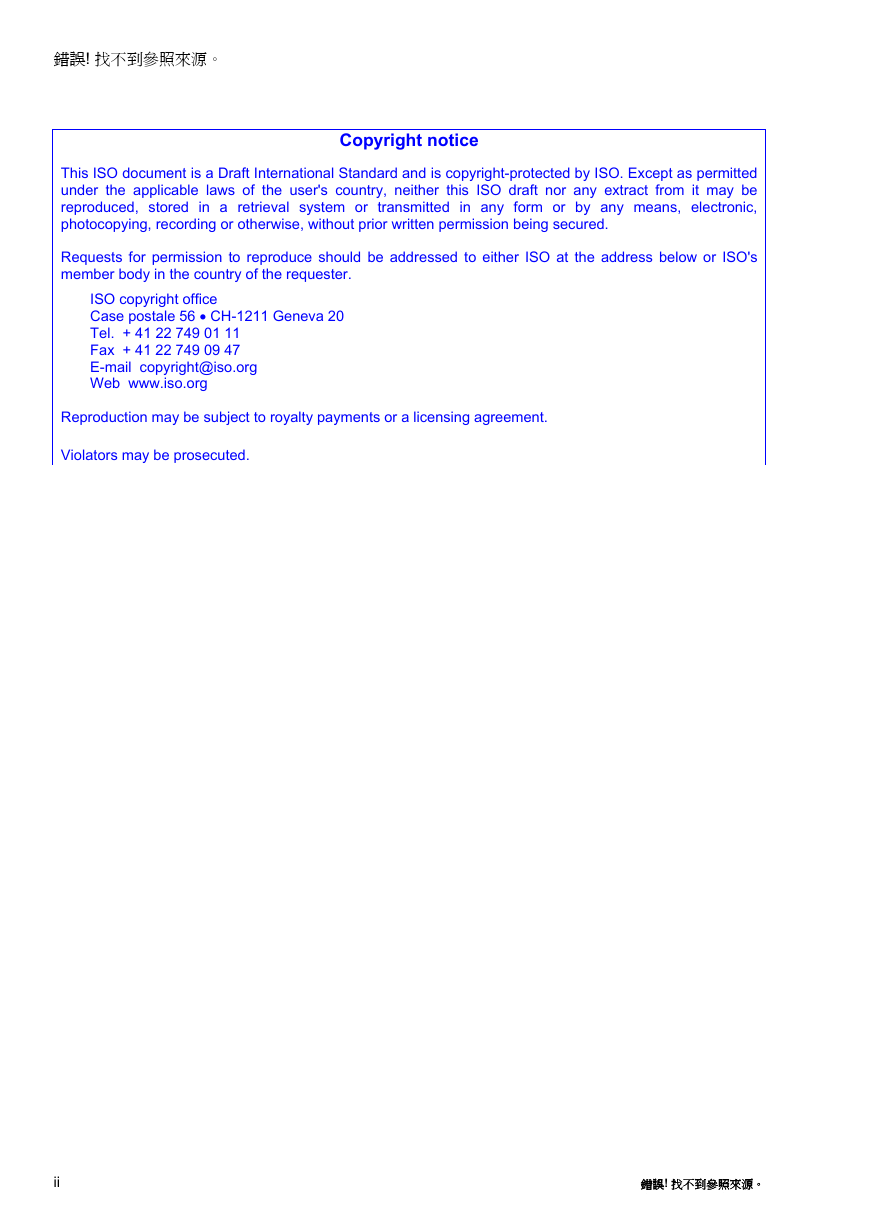
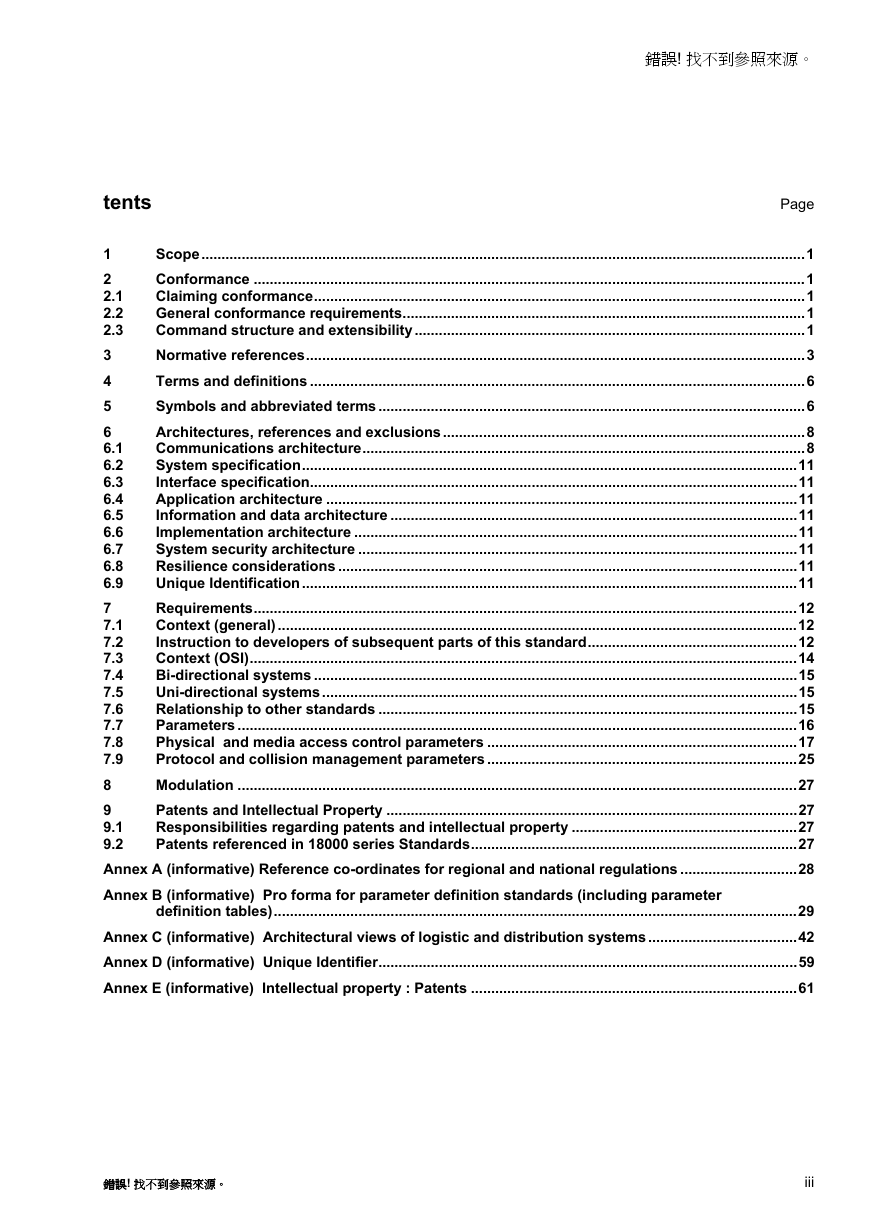
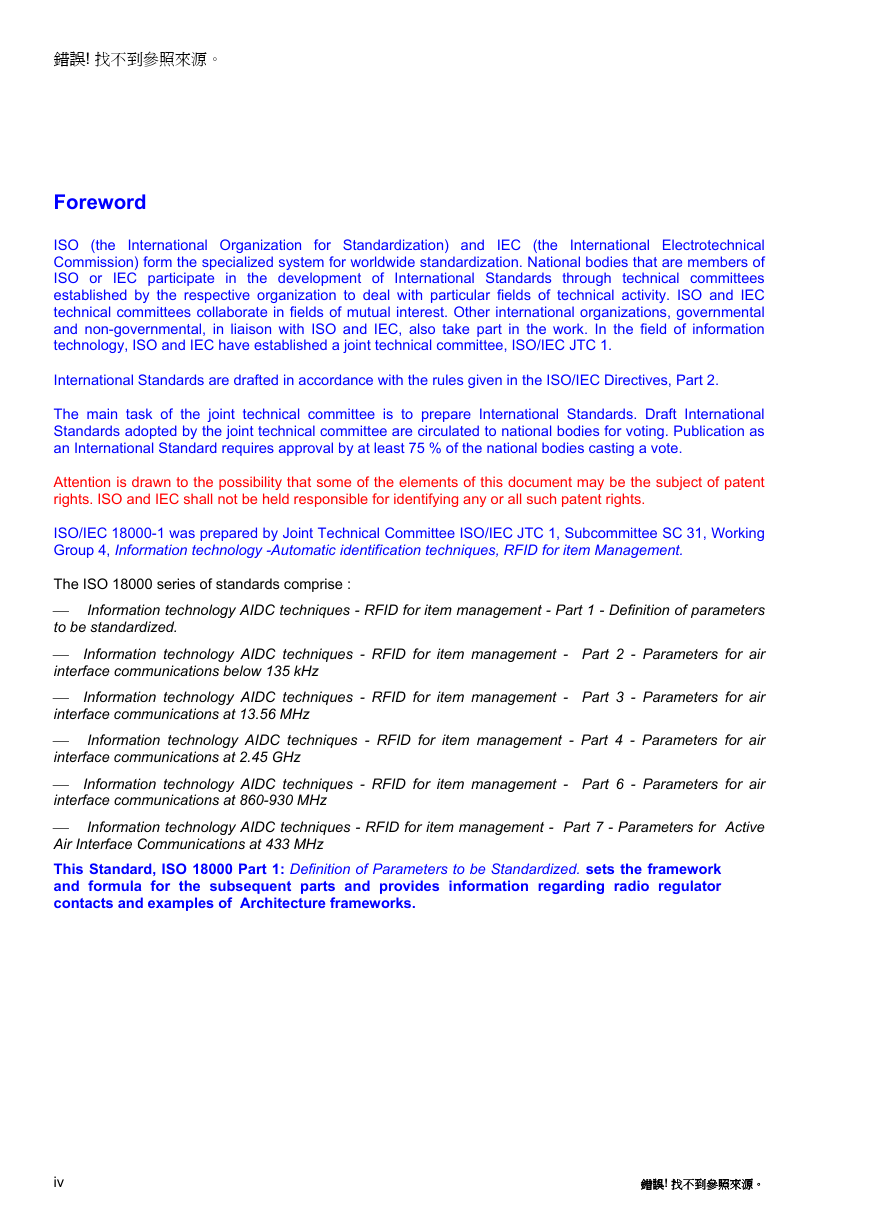
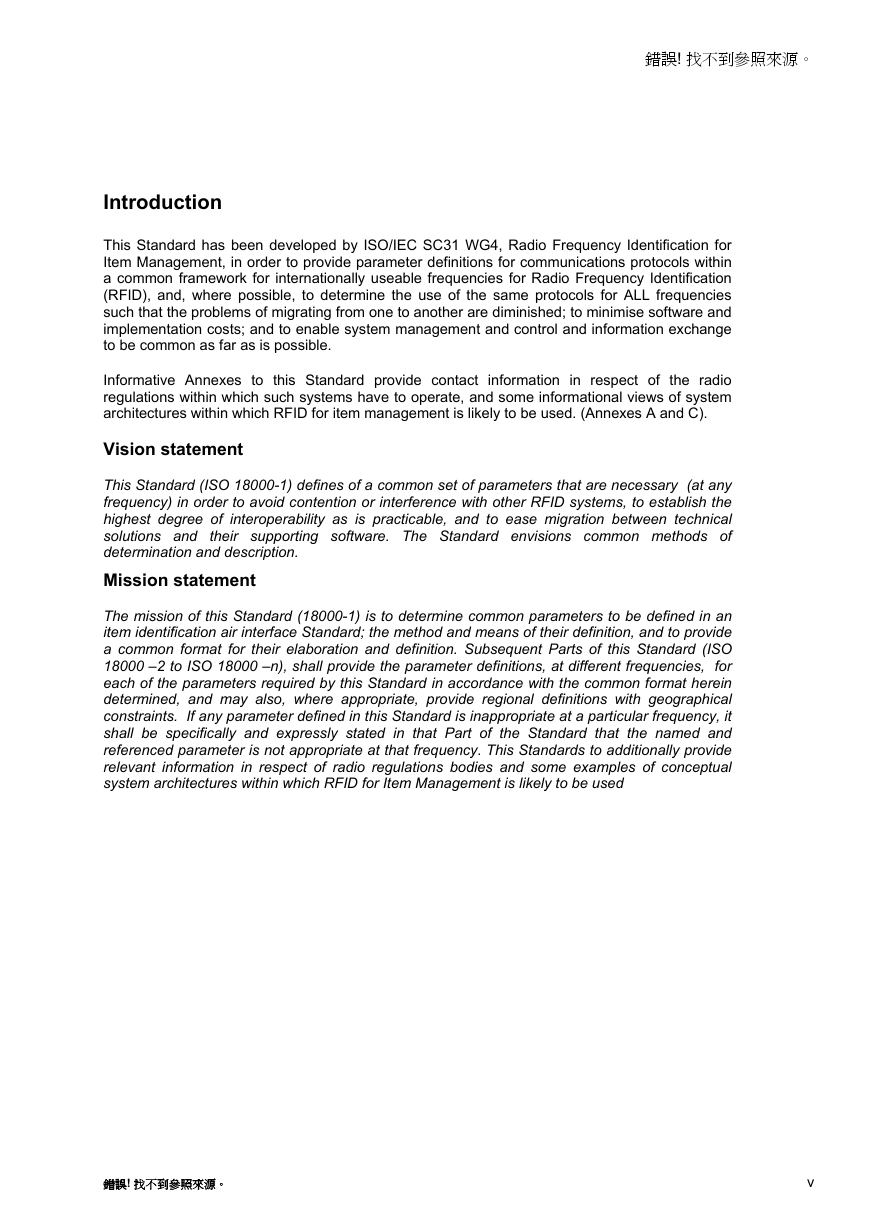

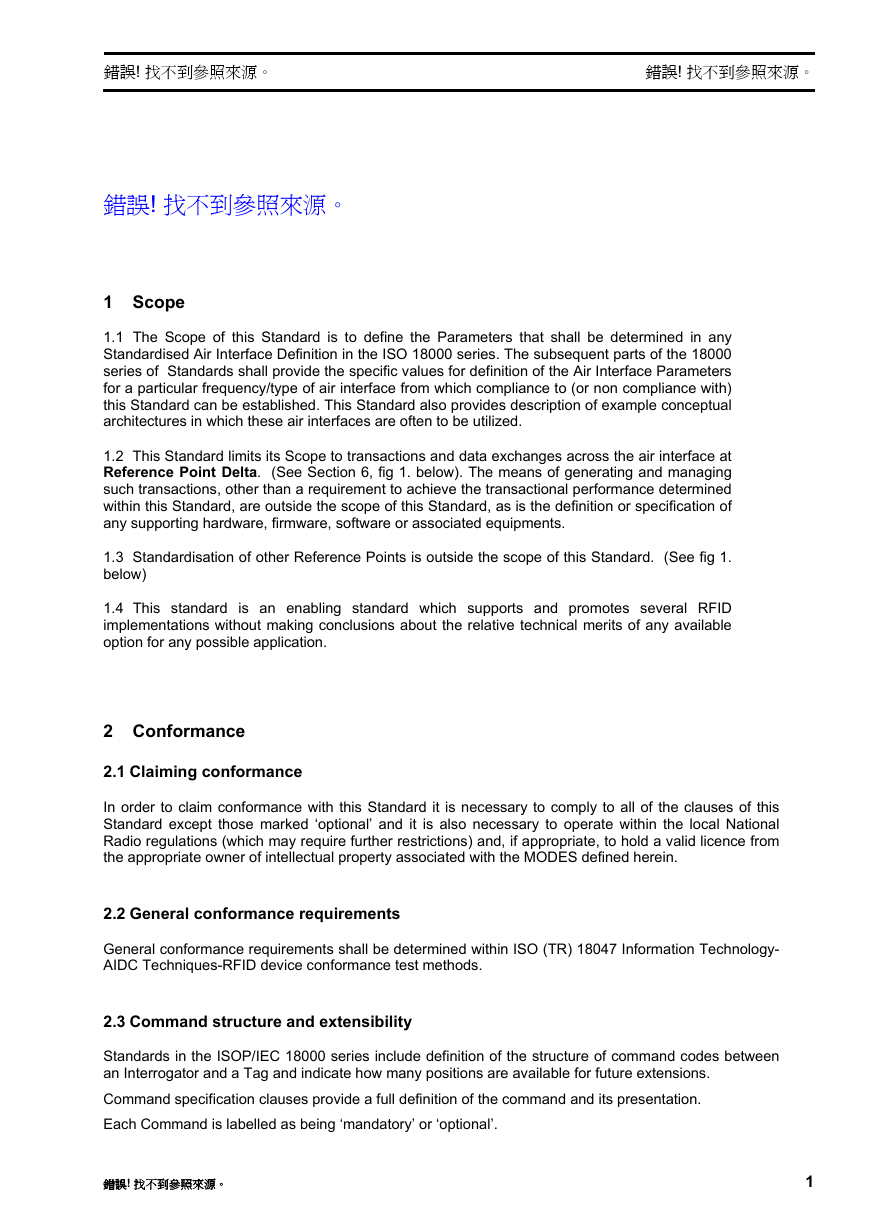
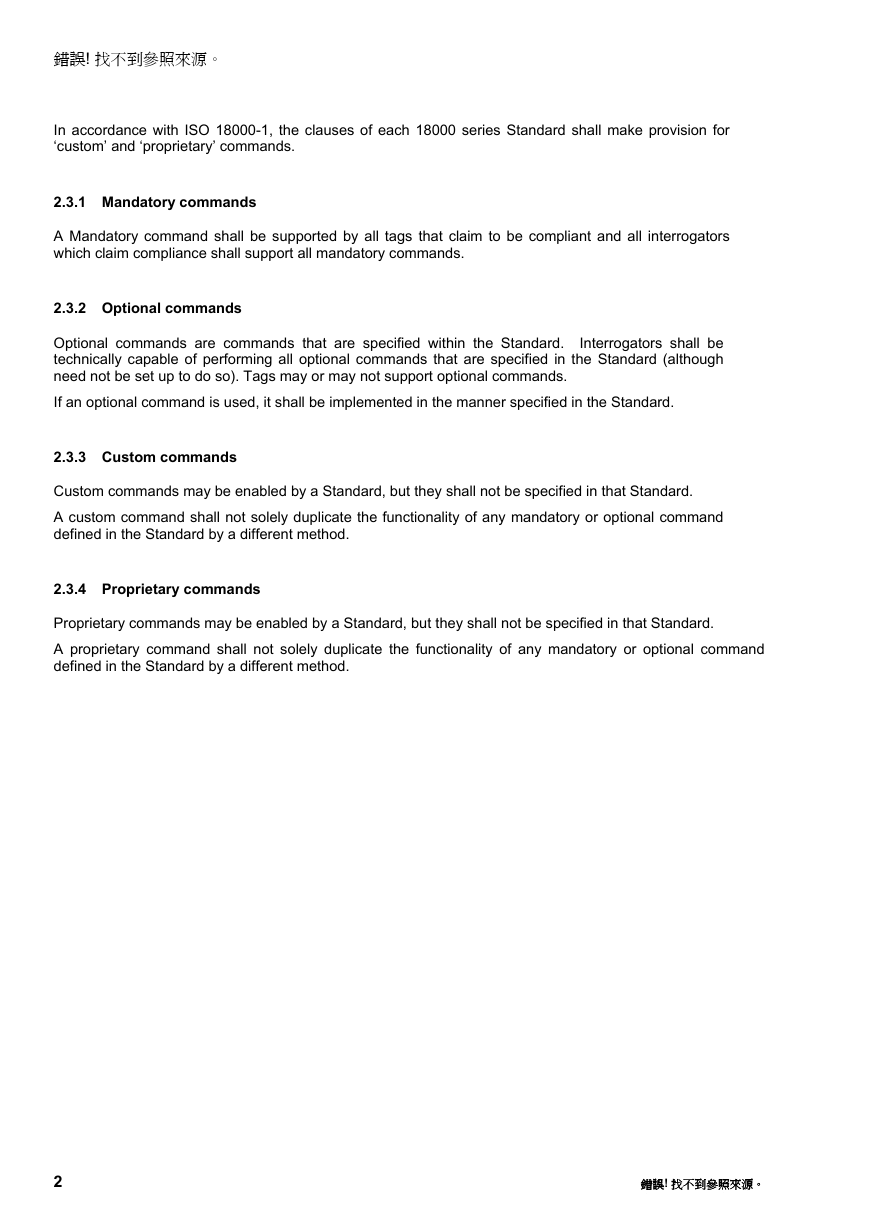








 2023年江西萍乡中考道德与法治真题及答案.doc
2023年江西萍乡中考道德与法治真题及答案.doc 2012年重庆南川中考生物真题及答案.doc
2012年重庆南川中考生物真题及答案.doc 2013年江西师范大学地理学综合及文艺理论基础考研真题.doc
2013年江西师范大学地理学综合及文艺理论基础考研真题.doc 2020年四川甘孜小升初语文真题及答案I卷.doc
2020年四川甘孜小升初语文真题及答案I卷.doc 2020年注册岩土工程师专业基础考试真题及答案.doc
2020年注册岩土工程师专业基础考试真题及答案.doc 2023-2024学年福建省厦门市九年级上学期数学月考试题及答案.doc
2023-2024学年福建省厦门市九年级上学期数学月考试题及答案.doc 2021-2022学年辽宁省沈阳市大东区九年级上学期语文期末试题及答案.doc
2021-2022学年辽宁省沈阳市大东区九年级上学期语文期末试题及答案.doc 2022-2023学年北京东城区初三第一学期物理期末试卷及答案.doc
2022-2023学年北京东城区初三第一学期物理期末试卷及答案.doc 2018上半年江西教师资格初中地理学科知识与教学能力真题及答案.doc
2018上半年江西教师资格初中地理学科知识与教学能力真题及答案.doc 2012年河北国家公务员申论考试真题及答案-省级.doc
2012年河北国家公务员申论考试真题及答案-省级.doc 2020-2021学年江苏省扬州市江都区邵樊片九年级上学期数学第一次质量检测试题及答案.doc
2020-2021学年江苏省扬州市江都区邵樊片九年级上学期数学第一次质量检测试题及答案.doc 2022下半年黑龙江教师资格证中学综合素质真题及答案.doc
2022下半年黑龙江教师资格证中学综合素质真题及答案.doc